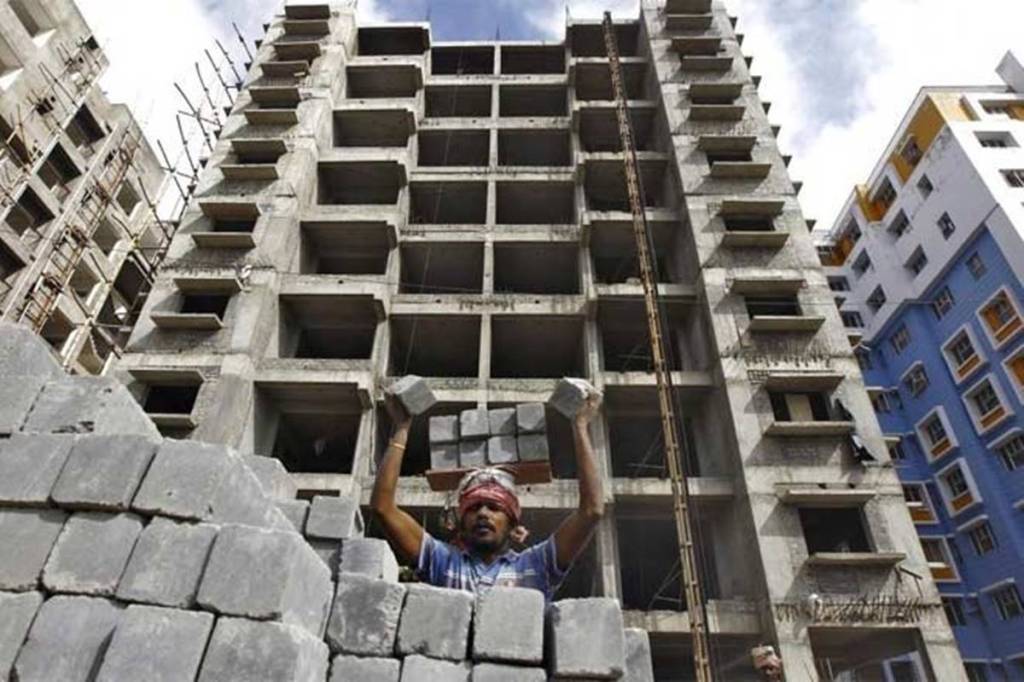Creating affordability in the residential segment has been a well-intentioned conundrum that Indian developers have been unravelling over the past decade. With tenets of real estate development challenged, hard-earned perspectives have been displaced, and precious learnings from failures have galvanized many success stories in this rather highly demanding segment.
Like the Indian real estate market, the definition of affordable housing has remained fragmented from city to city and across income classes. This is because both the Government (under PMAY) and the private sector have rushed to invest and build essential and innovative products to meet one of the most significant housing shortfalls in the world. However, several parameters must come together for an affordable housing project to meet stakeholder success criteria. The criteria include customers getting better space and amenities mix for less, developers managing to spring communities for good profit margins, and institutional funds making significant exits to keep the capital churn afloat. A successful affordable housing project is essentially a mix of high sales velocities generated from wisely targeted underserved product segments. IRR inspiring land acquisition, FSI optimization (sometimes counter-intuitive but critical), a well-thought-out procurement strategy and rapid execution.
As Steve Jobs once said – “Get closer than ever to your customers. So close that you tell them what they need well before they realize it themselves.” All the above measures need to combine in the right proportion to dictate the success of affordable housing projects. It is possible that what the customer wants does not even exist in the present market dimension; hence, it is necessary to listen to the customers’ needs without preconceived notions. A project in Bhiwandi (in the outskirts of Mumbai) sold 1000 units during 2020 (yes, a lockdown slam dunk) by targeting a virgin apartment price bracket that was hitherto unexploited, forcing the competition to slash prices arbitrarily to keep up sales volumes. However, one factor that enabled lower-than-market pricing was not shrinking unit sizes as much as it was thoughtful FSI under-consumption (against the common practice).




Achieving this FSI inflection point helped reduce exposure of input costs on most counts. Steel prices have shot up by 50% today. There is a massive shortage of labour due to lockdowns. Choosing MLCPs over basements for parking (despite taking a hit on ground coverage) and reducing the building heights by optimizing FSI have the ability to generate far better margins for the developer despite reduced ticket prices for the customer and an incremental trade-off on the land cost. Fast selling projects fund their construction due to as quickly an inflow of receivables as the project climbs.
The strategy around land acquisition, approval sanction and capital infusion in the affordable housing backdrop determine the project’s success even more. Lands located in the affordable micro-markets tend to appreciate due to improving infrastructure and growing influx of families from more established and hence pricier markets. Therefore, to all intent and purpose, locking in the price of land today reduces opportunity cost in the future. Outright land purchases best do the mechanism justice by achieving the same with staggered payments that smoothen the risk and return on capital through the approval sanction stage. Exchanging land for a share of the area to be completed by the developer in the project is probably the highest price some would pay for land using a finished and supremely priced-in product.
While JDAs might take project IRRs to ecstatic levels, margins go for a toss, and that’s why the outright purchase sometimes scores over a JDA in the affordable context. Typically, for the capital provider, such an investment has a faster cash cycle. A substantial chunk of the land investment can be staggered if win-win negotiation tactics are employed with landlords. In the best of cases, a large and ultimate tranche might coincide with the receipt of approval sanction. Then, the lag between a protracted land investment and subsequent project launch reduces to a matter of weeks. The riskiness for the investor shifts from the success of timely approvals to the success of the project launch, which is a better problem to have. With the right planning and execution, affordable projects can derive levered IRRs starting in the early 30s and gross PBT margins starting from the late teens.
A creatively woven sense of community feel that a development exudes for customers serves as that binding glue that makes this class of customers stick to a particular breed of developers and create major differentiation. The developer’s ability in handling local issues in and around the site, taking a hard look at construction costs, and course-correcting continuously while enabling multiple avenues for making home loans and CLSS available to customers (many of who have income instability) are also critical in solving the challenging yet immensely rewarding conundrum of affordable housing.
(By Nilanjan Chakraborty, Senior Director, Capital Markets & Investment Services, Colliers India)


















